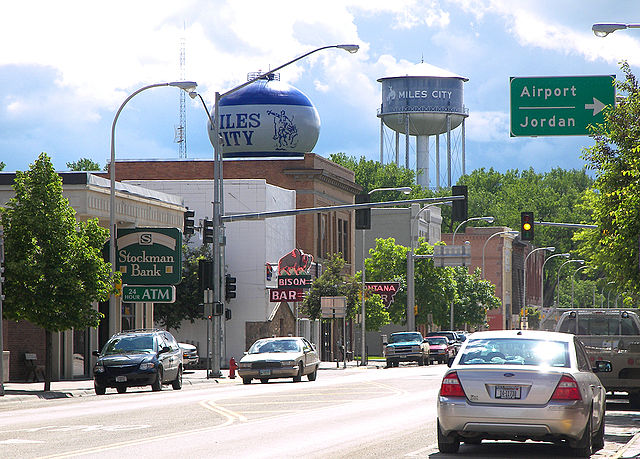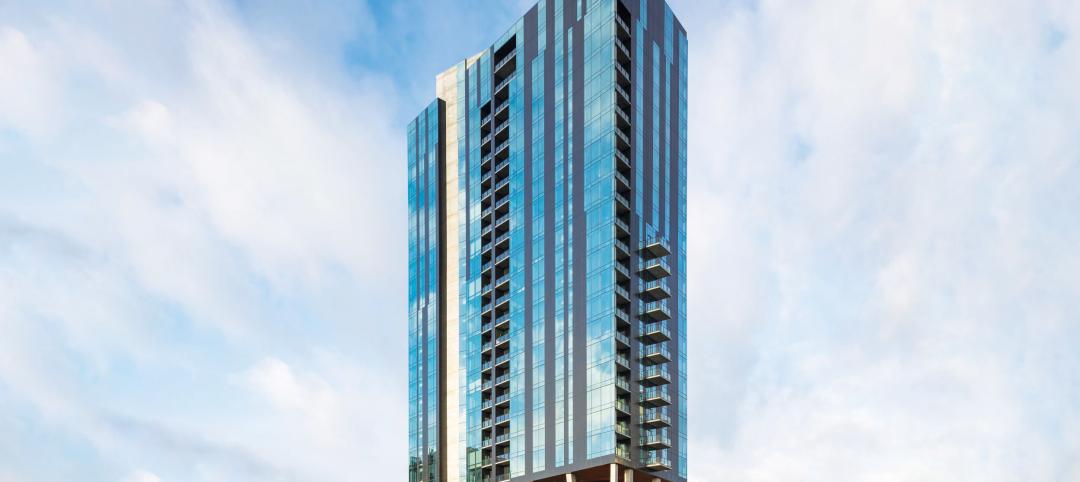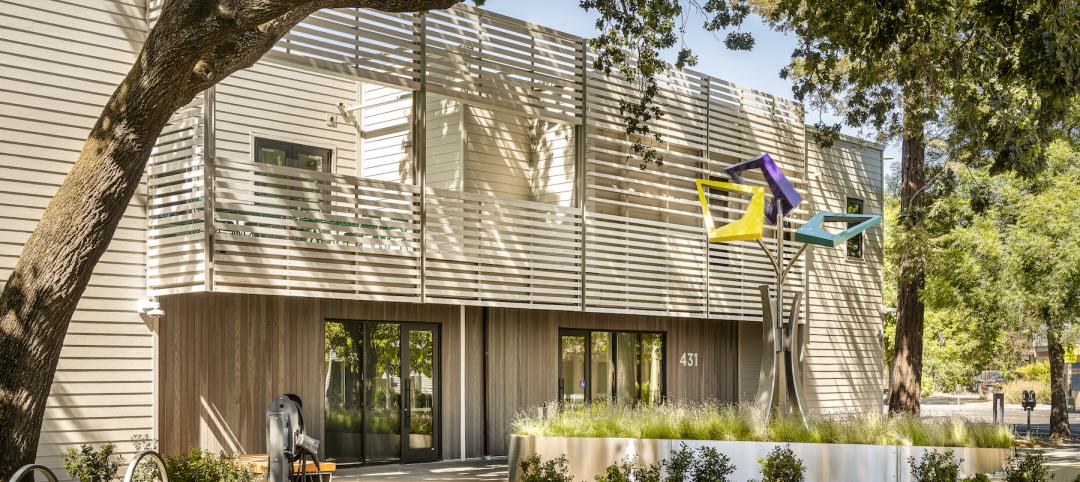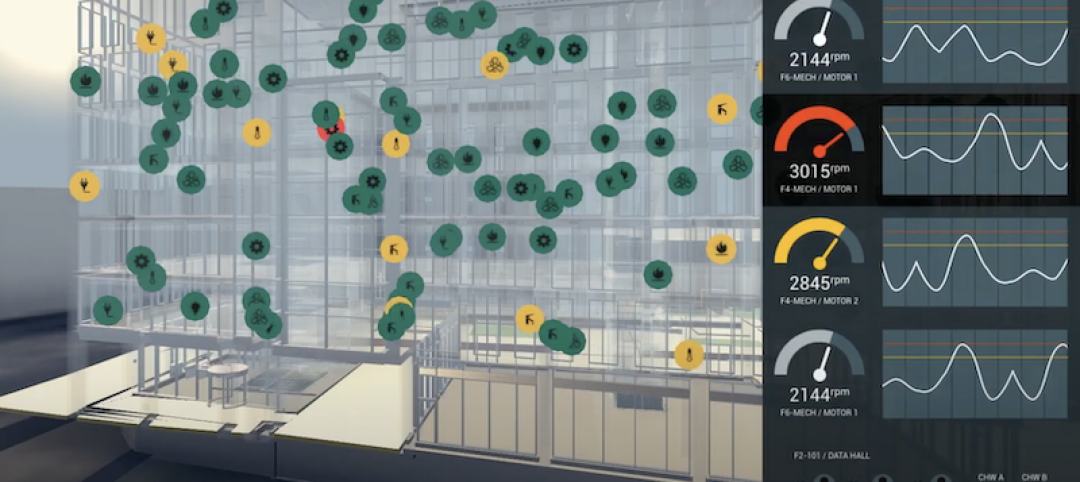In a report this week from its Council on Finance, Insurance and Real Estate (CFIRE), the National Institute of Building Sciences issued the findings and recommendations on the financing of small commercial retrofit projects for energy efficiency.
Small commercial buildings (generally defined as less than 50,000 sf) make up the majority of the nation’s building stock by both number and area (93.9% and 49.5%, respectively). Yet, despite this vast segment of the building stock, investments in energy-efficiency retrofit projects for small commercial buildings have lagged behind those for larger buildings.
The CFIRE report, Financing Small Commercial Building Energy Performance Upgrades: Challenges and Opportunities, identifies several barriers to investment in such retrofits. Key issues include the costs and complexity associated with relatively small loan sizes, as well as the challenge owners have in understanding and trusting predicted retrofit outcomes.
Conservatively estimated as a $35.6 billion market, investments in small building retrofits could yield the nation an estimated 424,000 job years of full-time employment and reduce greenhouse gas emissions by 87 million metric tons a year. Small building retrofits would also improve the resilience of the nation’s built environment and take pressure off the aging electric grid.
In addition to identifying the challenges, the report also highlights current programs and mechanisms that can be replicated or expanded to address the challenges.
The report recommends:
• Federal programs should be expanded and deployed to facilitate state and local energy retrofit financing efforts.
• Federal policy should encourage the development and testing of energy retrofit programs at the individual city, county or utility level.
• Public-private energy retrofit approaches should be encouraged in federal policy making.
• Federal, state and community policy makers should recognize local and property-level variations in designing energy efficiency programs that serve small businesses and others.
• Policy makers should leverage national Commercial Buildings Energy Consumption Survey (CBECS) data, as well as the growing quantity of voluntary and mandatory benchmarking and disclosure programs, to create more meaningful building performance databases.
• Utilities should be required to provide energy consumption data to property owners and tenants, including aggregate building level data for properties in which tenants are separately metered.
• Public policies and programs should be designed to anticipate the future aggregation of energy retrofit loans into bonds, and to provide the basis for appropriate loan documentation.
CFIRE released the report during its Annual Meeting, held during Building Innovation 2015: The National Institute of Building Sciences Annual Conference and Expo.
Related Stories
Modular Building | Jul 6, 2023
Lennar, Mastry Ventures make multi-million dollar investment in net-zero prefab homes
Mastry Ventures and LENx, the venture arm of homebuilder Lennar, have co-invested in Vessel Technologies’ next-generation housing product.
AEC Tech | May 9, 2023
4 insights on building product manufacturers getting ‘smart’
Overall, half of building product manufacturers plan to invest in one or more areas of technology in the next three years.
Smart Buildings | Apr 7, 2023
Carnegie Mellon University's research on advanced building sensors provokes heated controversy
A research project to test next-generation building sensors at Carnegie Mellon University provoked intense debate over the privacy implications of widespread deployment of the devices in a new 90,000-sf building. The light-switch-size devices, capable of measuring 12 types of data including motion and sound, were mounted in more than 300 locations throughout the building.
Intelligent Lighting | Feb 13, 2023
Exploring intelligent lighting usage in healthcare, commercial facilities
SSR's Todd Herrmann, PE, LEEP AP, explains intelligent lighting's potential use cases in healthcare facilities and more.
Products and Materials | Jan 18, 2023
6 innovative products for multifamily developments
Here are six innovative products for various multifamily developments, including a condominium-wide smart electrical system, heavy-duty aluminum doors, and prefabricated panels.
BAS and Security | Oct 19, 2022
The biggest cybersecurity threats in commercial real estate, and how to mitigate them
Coleman Wolf, Senior Security Systems Consultant with global engineering firm ESD, outlines the top-three cybersecurity threats to commercial and institutional building owners and property managers, and offers advice on how to deter and defend against hackers.
Green | Oct 5, 2022
In California, a public power provider’s new headquarters serves as a test case for an innovative microgrid and for reducing greenhouse gas emissions
Sonoma Clean Power (SCP), the public power provider for California’s Sonoma and Mendocino Counties, recently unveiled its new all-electric headquarters.
Smart Buildings | Jun 1, 2022
Taking full advantage of smart building technology
Drew Deatherage of Crux Solutions discusses where owners and AEC firms could do better at optimizing smart technology in building design and operations.
Digital Twin | May 24, 2021
Digital twin’s value propositions for the built environment, explained
Ernst & Young’s white paper makes its cases for the technology’s myriad benefits.
Smart Buildings | Nov 20, 2020
The Weekly show: SPIRE smart building rating system, and pickleball court design tips
The November 19 episode of BD+C's The Weekly is available for viewing on demand.

















